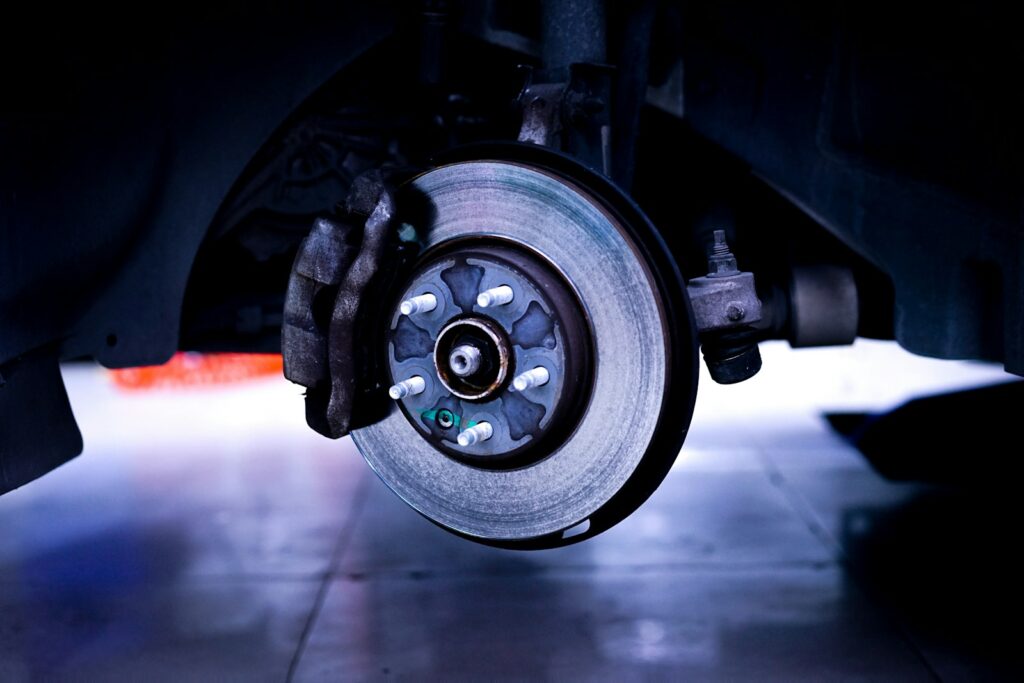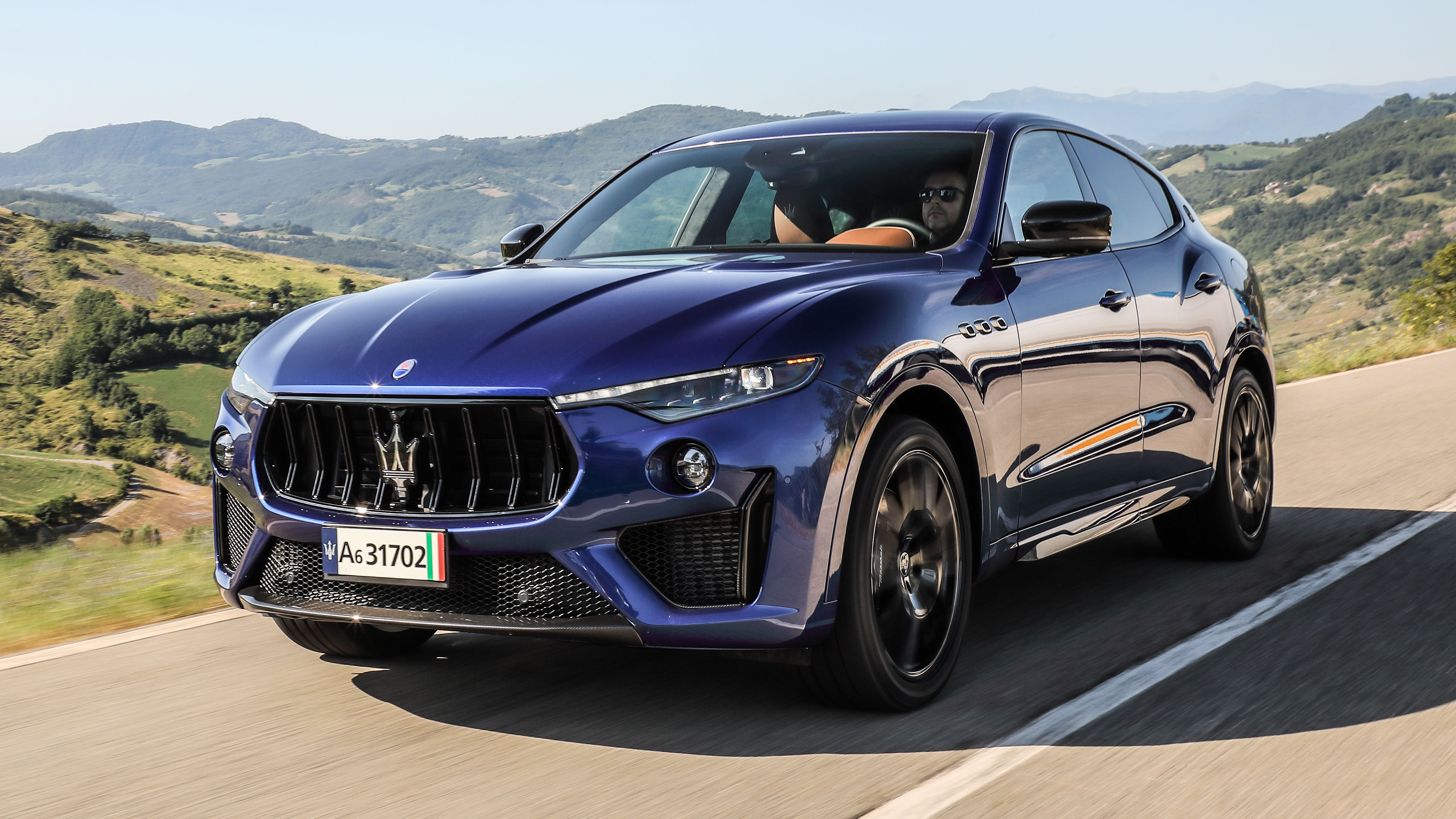
When considering the purchase of a used car, the allure of a good deal or a particular style can often overshadow what truly matters most: safety. For decades, automakers were hesitant to highlight safety features, fearing it would send a negative message. Seat belts, for instance, were developed in the 1930s but didn’t become a prominent selling point until the early 1960s, a testament to the industry’s initial reluctance. Today, however, that paradigm has completely shifted, with car companies actively advertising safety alongside fuel economy, technology, and performance.
The evolution of automotive safety has been nothing short of astounding. Research unequivocally demonstrates the profound impact of advanced car safety features, showing they can reduce the risk of a serious crash by an impressive 49% and lower the likelihood of injury by 53%. These aren’t just incremental improvements; they represent monumental leaps forward in protecting drivers and passengers alike. As we navigate the complexities of the used car market, understanding these vital technologies becomes paramount for making an informed and responsible decision.
This comprehensive guide is designed to empower you, the consumer, with detailed insights into the most important safety features to prioritize in a used vehicle. From the foundational elements that have saved countless lives to sophisticated driver-assistance systems, we’ll break down how these technologies work and why they matter. By familiarizing yourself with this essential knowledge, you can confidently choose a used car that not only meets your needs but also provides the highest level of protection for you and your loved ones.
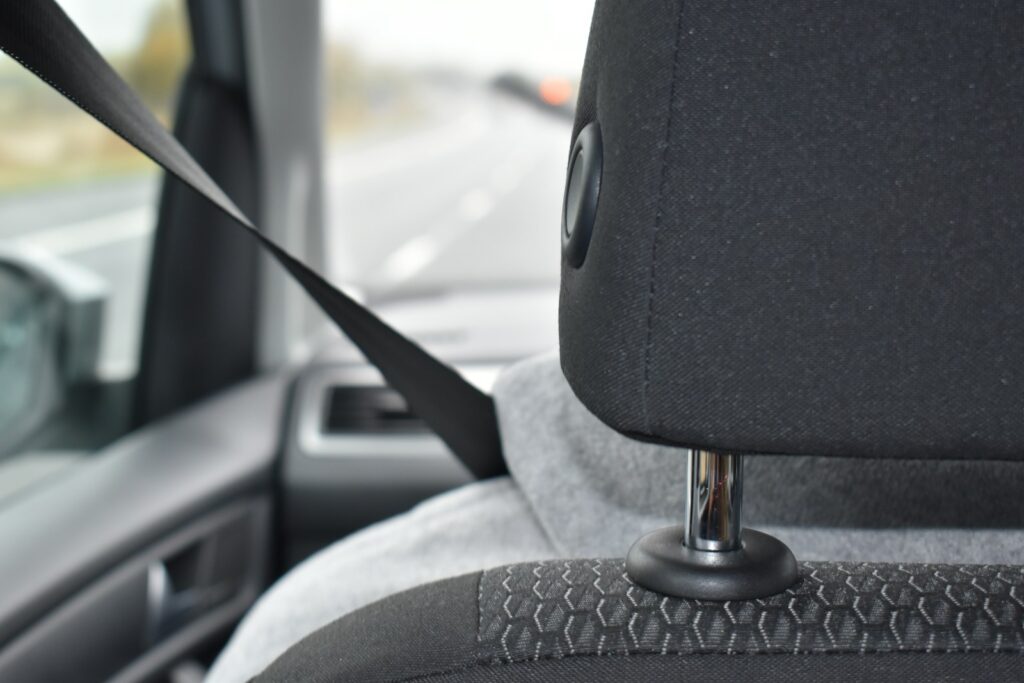
1. **Safety Belts**Often taken for granted, safety belts stand as arguably the single most effective safety measure ever implemented in automobiles. Their mandatory inclusion in all passenger cars in 1968 followed decades of persistent effort, even requiring a United States Supreme Court ruling to solidify their place. Today, virtually every seating position in every passenger vehicle is equipped with these life-saving devices.
The National Highway Traffic Safety Administration (NHTSA) strongly asserts that simply wearing a seat belt in the front seat of a car or truck can cut your risk of a fatal injury by nearly half. This statistic alone underscores the non-negotiable importance of functional and properly adjusted safety belts in any used car you consider. It’s a passive safety feature, meaning it activates upon impact, but its protective capacity is immense.
Early concerns about seat belts being cumbersome and uncomfortable led to low adoption rates, with only one in 10 drivers wearing them as recently as 2004. However, advancements like seat belt pretensioners have revolutionized comfort and effectiveness. These clever gadgets allow the belt to provide ample space during normal movement but instantly cinch tight during a frontal impact, securing occupants firmly in their seats.
Furthermore, adjustable anchors on the vehicle’s B-pillar, often found in front-seat positions, offer height customization, a significant benefit for shorter drivers who previously contended with shoulder belts cutting across their necks. While many newer cars feature safety-belt warnings for front-seat occupants, the government mandate for such alerts is expanding. By 2026, a new regulation will require safety-belt warning alerts for all seating positions, a measure expected to save 50 lives annually and prevent countless injuries. When inspecting a used car, always verify the condition and functionality of all safety belts.
Read more about: Parking Lot Purgatory: 14 Vehicles Owners Deeply Regret After Years of Ownership
2. **Airbags (Side Curtain)**Airbags have become a ubiquitous and critical component of modern vehicle safety, with Chrysler leading the charge by offering them in every passenger car by 1989. This foresight paved the way for airbags to become federally mandated for front seats in all passenger cars, light trucks, and vans by 1999. Today, most new cars and SUVs boast at least six airbags, and some, like the Toyota Camry, offer as many as 10, demonstrating the continuous expansion of this technology.
Beyond the mandatory front airbags, manufacturers have innovated with front knee airbags, center airbags deploying between occupants, and even panoramic-roof airbags. Among these, side-curtain airbags are particularly vital. These deploy from the roofline to protect the head and neck during rollovers and side impacts, significantly reducing the risk of severe injury. Their presence, often specified as “side curtain” or “head curtain” airbags, is a crucial detail to look for in a used vehicle.
While airbags are not perfect, their benefits far outweigh any potential drawbacks. The Insurance Institute for Highway Safety (IIHS) reports that front airbags reduce driver fatalities in frontal crashes by 29% and front-seat passenger fatalities (age 13 and older) by 32%. This data underscores their effectiveness as a primary safety mechanism, working in conjunction with seat belts to cushion occupants during collisions.
Airbag deployment is a precisely controlled event. Sensors at the front of the vehicle measure crash force, and if sufficient, they transmit a signal to an igniter within an inflator. This triggers a chemical reaction that rapidly produces gas, typically a mixture of helium and argon, inflating the airbag in less than 1/20th of a second at speeds up to 200 mph. Such force necessitates maintaining at least 10 inches of space from a frontal airbag, emphasizing why the back seat remains the safest place for younger children. Newer systems, however, incorporate technology to detect occupant presence, weight, and position, allowing for a reduction in deployment force to minimize injury.
Car Model Information: 2024 Toyota Camry LE
Name: Toyota Camry
Caption: 2018 Toyota Camry Ascent (ASV70, Australia)
Manufacturer: Toyota
Production: March 1982 – present
Aka: ubl
Class: ubl
Layout: ubl
Predecessor: ubl
Successor: Toyota Avensis (T250)
Categories: 1990s cars, 2000s cars, 2010s cars, 2020s cars, All-wheel-drive vehicles
Summary: The Toyota Camry (; Japanese: トヨタ・カムリ Toyota Kamuri) is an automobile sold internationally by the Japanese auto manufacturer Toyota since 1982, spanning multiple generations. Originally compact in size (narrow-body), the Camry has grown since the 1990s to fit the mid-size classification (wide-body)—although the two widths co-existed in that decade. Since the release of the wide-bodied versions, Camry has been extolled by Toyota as the firm’s second “world car” after the Corolla. As of 2022, the Camry is positioned above the Corolla and below the Avalon or Crown in several markets.
In Japan, the Camry was once exclusive to Toyota Corolla Store retail dealerships. Narrow-body cars also spawned a rebadged sibling in Japan, the Toyota Vista (トヨタ・ビスタ)—also introduced in 1982 and sold at Toyota Vista Store locations. Diesel fuel versions have previously retailed at Toyota Diesel Store. The Vista Ardeo was a wagon version of the Vista V50.
Get more information about: Toyota Camry
Buying a high-performing used car >>>
Brand: Toyota Model: Camry
Price: $24,500 Mileage: 37,074 mi.
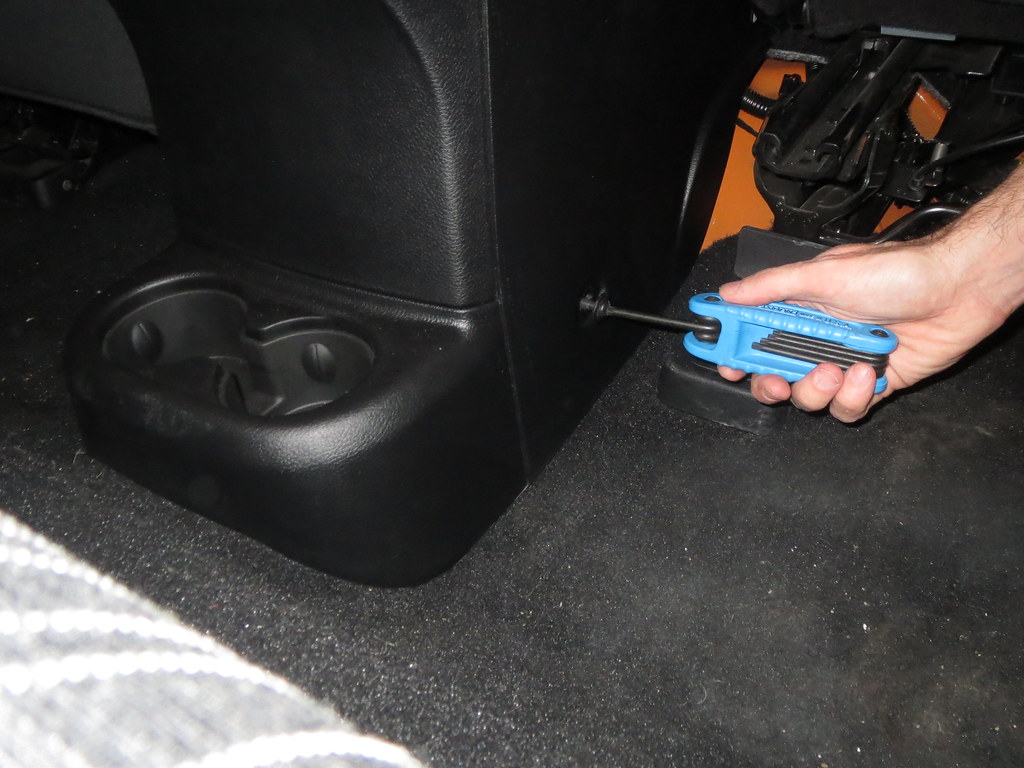
3. **Antilock Brakes (ABS)**Antilock brakes, or ABS, became a mandatory feature in all new passenger cars in 2000, marking a significant milestone in active safety technology. At its core, ABS relies on sensors located in each wheel that constantly monitor speed, grip, and other performance factors. These sensors transmit continuous updates to the car’s central computer, which in turn communicates with and controls the individual brake devices on each wheel.
There’s a common misconception that ABS is primarily designed to stop a vehicle faster. While somewhat quicker stops can be a byproduct, the true engineering marvel of ABS is its ability to help a driver maintain steering control during emergency braking. Without ABS, a driver’s instinct to push the brake pedal to the floor in an emergency typically causes the brakes to lock up, stopping wheel rotation and leading to an uncontrolled slide. This adherence to Newton’s first law of motion – an object in motion tends to stay in motion – means the vehicle will continue sliding in its original direction, with zero steering capability, for potentially a hundred feet or more.
Before the advent of ABS, advanced driving schools taught drivers to rapidly pump the brakes during an emergency stop. This technique aimed to allow some wheel rotation, thereby providing a modicum of steering control to avoid obstacles. Antilock brakes automate this process, electronically pumping the brakes for you far more quickly and effectively than any human ever could. When ABS engages, you’ll often feel a shudder through the brake pedal, signaling the system is actively working.
Therefore, in an ABS-equipped vehicle, the critical instruction during an emergency is to press the brake pedal with all your might and concentrate on steering out of trouble. This system’s ability to prevent wheel lock-up is not only crucial for steering but also forms the foundational technology for more advanced systems like traction control and electronic stability control, making it an indispensable safety feature to check for in any used car.
Read more about: The Architectures of Safety: Dissecting 14 Landmark Vehicle Features for a Secure Future
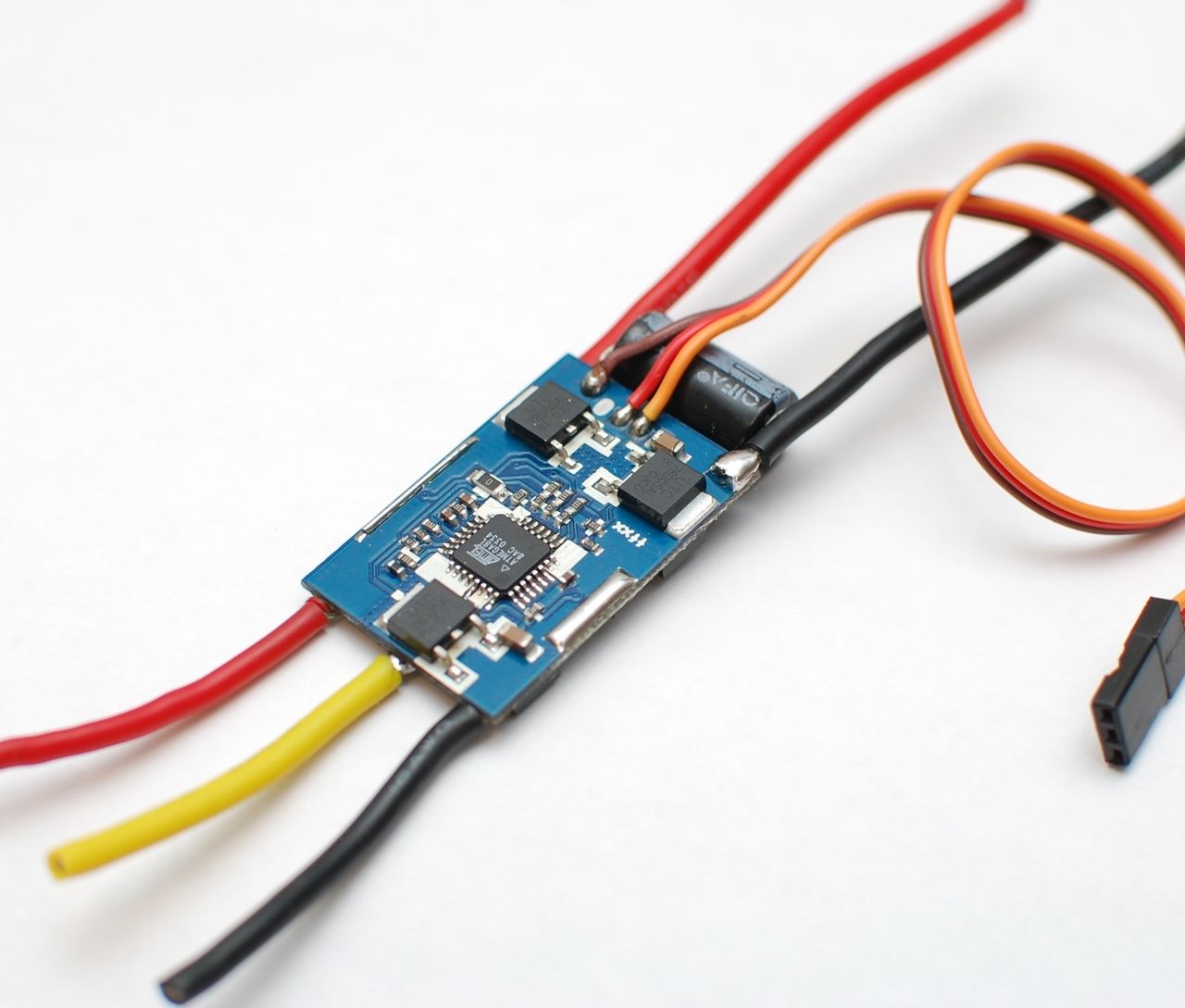
4. **Electronic Stability Control (ESC)**Electronic Stability Control (ESC) is a sophisticated safety system that became mandatory on all passenger cars in 2012, building upon the principles of antilock brakes and traction control. Its overarching mission is to keep the vehicle traveling precisely in the direction the driver is steering, even in challenging conditions. ESC is more complex than either ABS or traction control individually, as it relies on the coordinated action of both to effectively achieve its goal.
The system utilizes an array of sensors, extending beyond those borrowed from the ABS. These additional sensors meticulously measure the vehicle’s yaw (its sideways motion) and the steering wheel angle. ESC continuously monitors whether the vehicle’s actual path aligns with the driver’s steering inputs – in simpler terms, whether the car is truly going right when you turn right, or left when you turn left. This constant comparison is what allows ESC to detect potential loss of control before it fully materializes.
Should the system determine that the vehicle is not heading in the direction indicated by the front wheels, ESC springs into action. It employs every tool available from ABS and traction control to gently, yet decisively, return the car to its intended course. This often involves applying the brakes to specific individual wheels to create a counter-force, and in some cases, even reducing or modulating engine speed to regain stability. These subtle interventions occur almost imperceptibly to the driver, making the correction feel natural.
While ESC is an incredibly powerful safety feature, it’s important to remember that it cannot defy the laws of physics. It can’t magically overcome extreme speed on an icy corner or the inherent limitations of tire grip. However, under normal driving conditions and even during unexpected maneuvers, ESC significantly helps in keeping your vehicle on the straight and narrow, dramatically reducing the risk of skids and rollovers. For a used car, ensuring functional ESC offers a robust layer of protection against loss of control.
Read more about: Unmasking the Disappearing Act: 15 Critical Car Safety Features Quietly Removed or Inconsistently Offered, Jeopardizing Your Ride
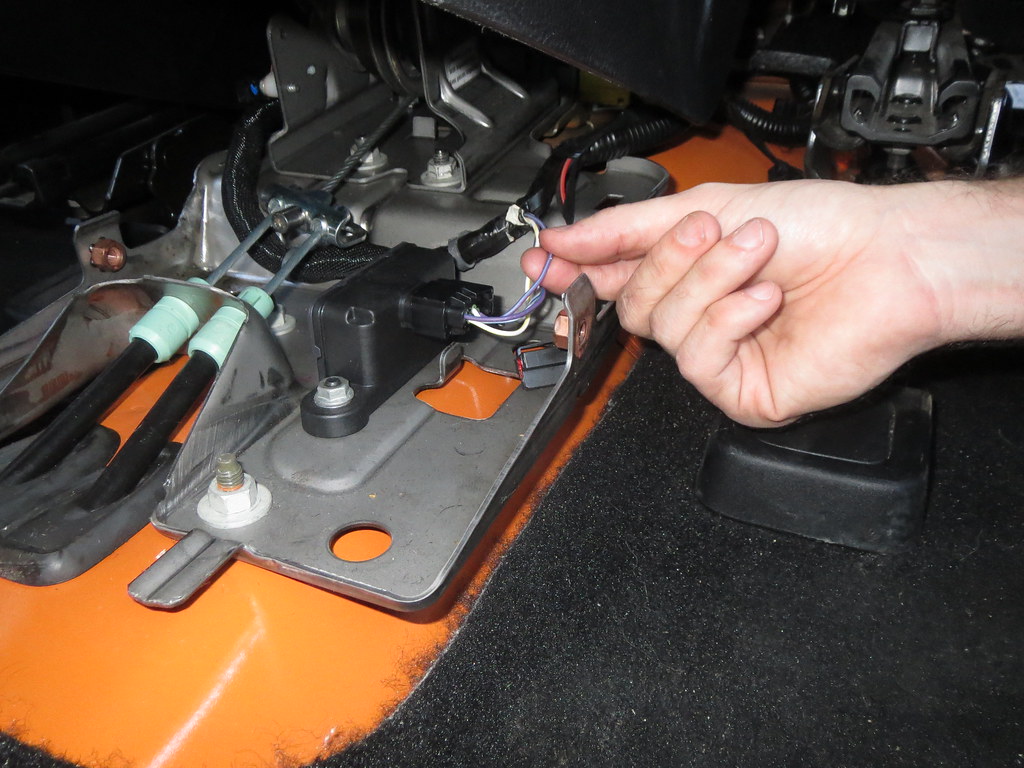
5. **Traction Control**Mandatory in all passenger cars since 2011, traction control is precisely what its name implies: a system designed to maintain optimal traction between your vehicle’s drive wheels and the road surface beneath them. This feature is particularly invaluable when driving in slippery conditions, such as rain, snow, or loose gravel, where wheel spin can easily lead to a loss of control.
It’s crucial to understand that traction control doesn’t actually *increase* the traction of your wheels; rather, it *regulates* them. Its primary function is to prevent the drive wheels from spinning at different rates, which commonly occurs when one wheel loses grip and accelerates uncontrollably. This differential spin can lead to the vehicle veering off course or losing forward momentum.
The system ingeniously leverages the ABS sensors embedded in each wheel. When the traction-control computer detects that a particular drive wheel is spinning faster than the others, it takes action to reduce power (torque) to that wheel. In more modern and sophisticated systems, this reduction in torque is often achieved by applying a subtle amount of braking pressure to the spinning wheel, effectively slowing it down and allowing it to regain grip.
Drivers might occasionally feel a slight “kick” to the right or left as the system self-corrects, a tangible sign that traction control is actively working to stabilize the vehicle. This intervention is often subtle and instantaneous, preventing a momentary loss of grip from escalating into a dangerous skid. When evaluating a used car, especially one that might encounter varied weather conditions, confirmed functionality of the traction control system is a significant asset for maintaining stability and control.
Read more about: Drove it Regretted it: 12 Compact Models That Made Owners Question Their Judgment on the First Commute.

6. **Tire Pressure Monitoring System (TPMS)**The Tire Pressure Monitoring System (TPMS) became a federally mandated safety feature in all passenger cars, light trucks, and vans in 2007. This system plays a crucial, yet often underestimated, role in vehicle safety by continuously monitoring the air pressure within each of your tires. Correct tire pressure is fundamental to a vehicle’s handling, braking performance, fuel efficiency, and overall safety.
At its core, TPMS operates using a sensor installed inside each tire. These sensors wirelessly transmit pressure data to the vehicle’s onboard computer. When the system detects that a tire’s pressure has fallen below a safe threshold, it activates a warning light on your dashboard, alerting the driver to a potentially hazardous condition. Some more advanced TPMS setups go a step further, constantly displaying the current pressure of each individual tire directly on the driver information display, providing precise, real-time feedback.
Under-inflated tires are a common cause of accidents. They can lead to poor handling, increased stopping distances, excessive heat buildup (which can cause tire blowouts), and reduced fuel economy. A functioning TPMS ensures that drivers are promptly made aware of these issues, allowing them to address the problem before it compromises safety. This proactive warning can prevent a flat tire at an inconvenient or dangerous moment, or worse, a high-speed blowout.
When inspecting a used car, it is essential to verify that the TPMS warning light is not illuminated and that the system is fully functional. While a simple tire inflation can resolve a warning, a persistent light might indicate a faulty sensor or a more complex issue. A working TPMS provides invaluable peace of mind, ensuring that one of the most fundamental aspects of vehicle safety – properly inflated tires – is always being monitored.
Read more about: Deciphering Your Tire Pressure Light: Expert-Backed Solutions for Common Causes and Persistent Warnings

7. **LATCH (Lower Anchors and Tethers for Children)**For families with young children, the LATCH (Lower Anchors and Tethers for Children) system is an absolutely indispensable safety feature. Its mandate in all passenger cars in 2002 represented a giant leap forward in automobile child safety, standardizing the installation of child safety seats and making the process both more secure and user-friendly. Before LATCH, installing child seats often involved complex and sometimes insecure methods using standard seat belts.
The LATCH system simplifies this critical task by providing dedicated attachment points within the vehicle. It consists of two main components: lower anchors and tether anchors. The lower anchors are rigid bars built into the car’s bottom seat cushion, typically found in the crease where the backrest meets the seat. Clips on the base of the child safety seat securely attach to these lower anchors, creating a firm and stable connection to the vehicle’s frame.
Complementing the lower anchors are the tether anchors, usually located at the top of the car seat back, or sometimes on the rear shelf or floor. Tethers extending from the top of the child safety seat clip onto these anchors, further securing the top portion of the seat and greatly reducing forward movement in the event of a crash. This dual-point attachment system significantly minimizes the potential for improper installation, which is a leading cause of child restraint failure.
Beyond creating a demonstrably more secure platform for child safety seats, the user-friendly installation process encouraged the more widespread and correct use of child restraints. However, it’s worth noting that in most vehicles, not every rear seating position has a full LATCH setup, and fewer than 20 vehicles offer true “3-across” LATCH compatibility in the same row. When evaluating a used car, particularly if you have or plan to have young children, it is paramount to confirm the presence and accessibility of functioning LATCH anchors in the desired seating positions. This feature is directly tied to the safety of the most vulnerable occupants.
As we move beyond the foundational safety systems, the landscape of automotive protection has dramatically expanded to include advanced driver assistance and collision prevention technologies. These cutting-edge features represent the next generation of vehicle safety, actively working to enhance a driver’s situational awareness, mitigate accident risks, and provide proactive assistance on the road. Many of these innovations, once considered futuristic, are rapidly becoming standard, transforming how we interact with our vehicles and significantly improving overall safety. Let’s delve into these vital advancements that empower drivers with greater control and protection.
Read more about: The Ultimate Guide to Family-Friendly Cars: Top Picks & Essential Considerations for Kids and Pets in 2025
8. **Automatic Emergency Braking (AEB)**Automatic emergency braking (AEB) systems represent a significant leap in collision prevention, designed to detect objects in a car’s path and apply the brakes autonomously to try and avoid an accident. This technology, which will be federally mandated in all new passenger vehicles by the 2029 model year, is poised to save lives and prevent injuries on a widespread scale. The National Highway Traffic Safety Administration (NHTSA) estimates that these systems alone will save at least 360 lives and prevent at least 24,000 injuries annually.
While earlier versions of AEB primarily helped avoid hitting stopped cars, newer systems are far more sophisticated. They are engineered to detect smaller objects, including pedestrians in both daylight and darkness. This evolution means that the new federal standard will require cars to stop and avoid contact with a vehicle ahead up to 62 mph, and to apply brakes automatically up to 90 mph when a collision with a lead vehicle is imminent. Furthermore, pedestrian detection must function at speeds up to 45 mph, significantly enhancing safety for vulnerable road users.
Despite the remarkable advancements, it’s important for consumers to understand the capabilities and limitations of these systems. While AEB works best at lower speeds, the upcoming mandate is pushing for improved performance across a wider range of conditions. Some AEB systems will bring the vehicle to a complete stop, while others may only slow the car to lessen the impact if the driver doesn’t react. When considering a used car, a functional and robust AEB system is a critical feature that offers a proactive layer of protection against potential collisions.
Read more about: Unmasking the Disappearing Act: 15 Critical Car Safety Features Quietly Removed or Inconsistently Offered, Jeopardizing Your Ride
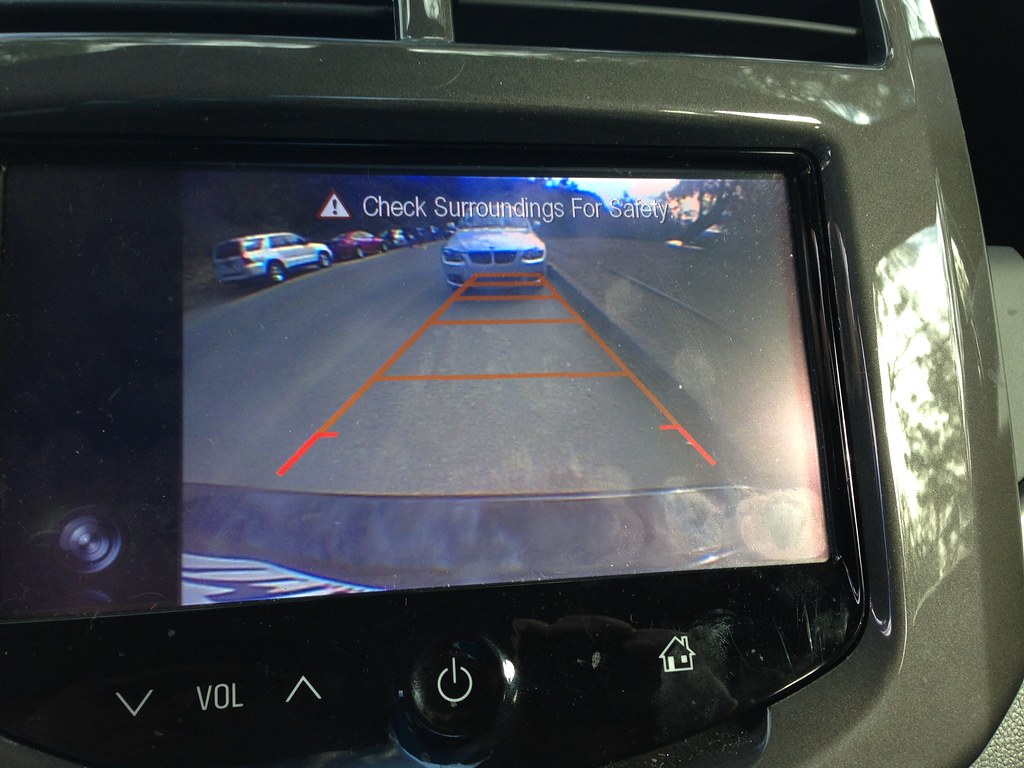
9. **Backup Camera**Mandatory in all new passenger cars, light trucks, and vans since 2018, the backup camera, also known as a rearview camera, has revolutionized safety when reversing. Typically situated within a vehicle’s rear lower trim — such as the bumper, license plate surround, or trunk latch — these cameras automatically activate when the vehicle is shifted into reverse, providing a clear visual feed of the area behind the car.
Beyond merely showing what’s directly behind, most modern backup cameras enhance driver awareness with parallel guidelines, which help drivers gauge their vehicle’s width while backing into a parking space. More advanced versions take this a step further by displaying bending guidelines that visually represent the vehicle’s projected path as the steering wheel is turned, making precise maneuvering much easier. High-definition systems offer superior clarity, and many include graphic guidelines with graduated colors to indicate proximity to the end of a parking space or an object.
These cameras are invaluable not just for parking convenience, but critically, for spotting pedestrians, children, pets, or other objects that might be in a vehicle’s blind spot behind it. For families, or for those purchasing a used car for a new or less experienced driver, a fully functional backup camera is a non-negotiable safety feature that dramatically reduces the risk of back-over accidents.
Read more about: Is the 2025 Toyota Highlander Hybrid the Ultimate Midsize SUV? An In-Depth Consumer Reports Analysis
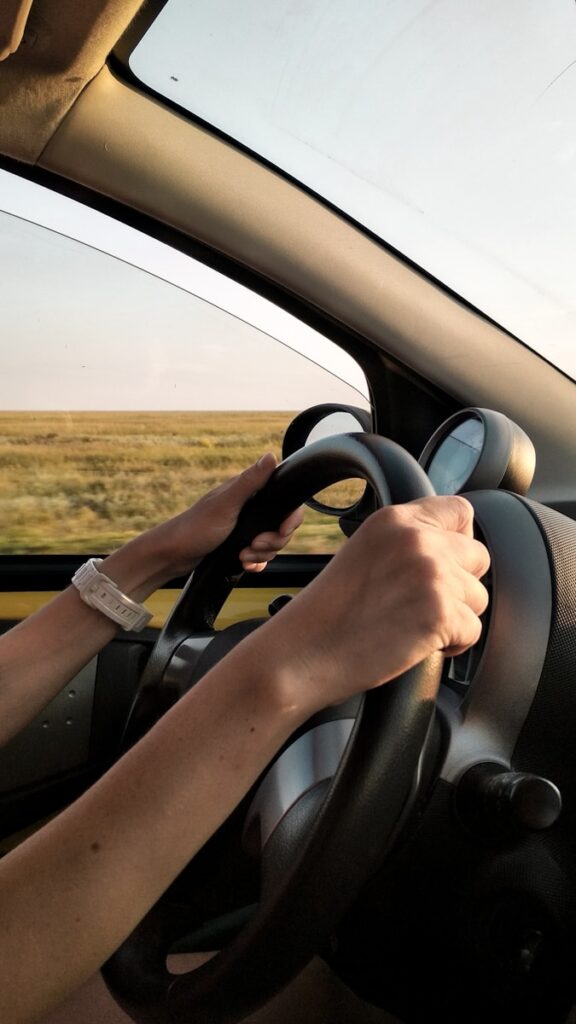
10. **Blind-Spot Monitoring (BSM)**Blind-Spot Monitoring (BSM) is an indispensable advanced driver assistance system that significantly reduces the danger and uncertainty associated with changing lanes. It acts as an extra set of eyes, keeping track of approaching vehicles in adjacent lanes that might otherwise be obscured from the driver’s view.
A basic BSM system typically utilizes radar or ultrasonic sensors, strategically placed on both sides of the rear bumper, to detect vehicles entering a designated blind spot in the rear-quarter areas of your car. More sophisticated iterations may integrate these sensors with side-mounted cameras for enhanced accuracy and coverage. When a vehicle is detected in the blind spot, BSM issues an alert to the driver.
These alerts can manifest in various forms, designed to be both noticeable and non-intrusive. Common warning indicators include illuminated lights on the vehicle’s A-pillars or outboard mirrors. For cars equipped with a head-up display, the warning may appear there. Additionally, some advanced systems offer tactile feedback, such as vibrations in a haptic steering wheel or the driver’s seat, ensuring the driver is promptly made aware of a potential hazard before initiating a lane change. When evaluating a used car, a functional BSM system provides invaluable peace of mind for safer highway driving.
Read more about: 2025 Compact SUV Showdown: Unpacking Cargo Capacity, Comfort, and Value for Savvy Buyers
The journey through the evolution of automotive safety, from mandatory seat belts to cutting-edge driver assistance systems, underscores a pivotal shift in how we approach vehicle protection. As consumers, understanding these features, whether foundational or advanced, empowers us to make truly informed decisions when purchasing a used car. The synergy of passive safety structures with active and proactive technologies like automatic emergency braking, blind-spot monitoring, and adaptive cruise control creates a comprehensive shield for occupants and other road users. While the pursuit of fully autonomous vehicles continues to drive innovation, the immediate benefits of these increasingly sophisticated systems are undeniable, offering unparalleled peace of mind and tangible reductions in accident risk. Prioritizing these advancements ensures not just a car, but a safer, more confident journey for you and your loved ones on every road ahead.

